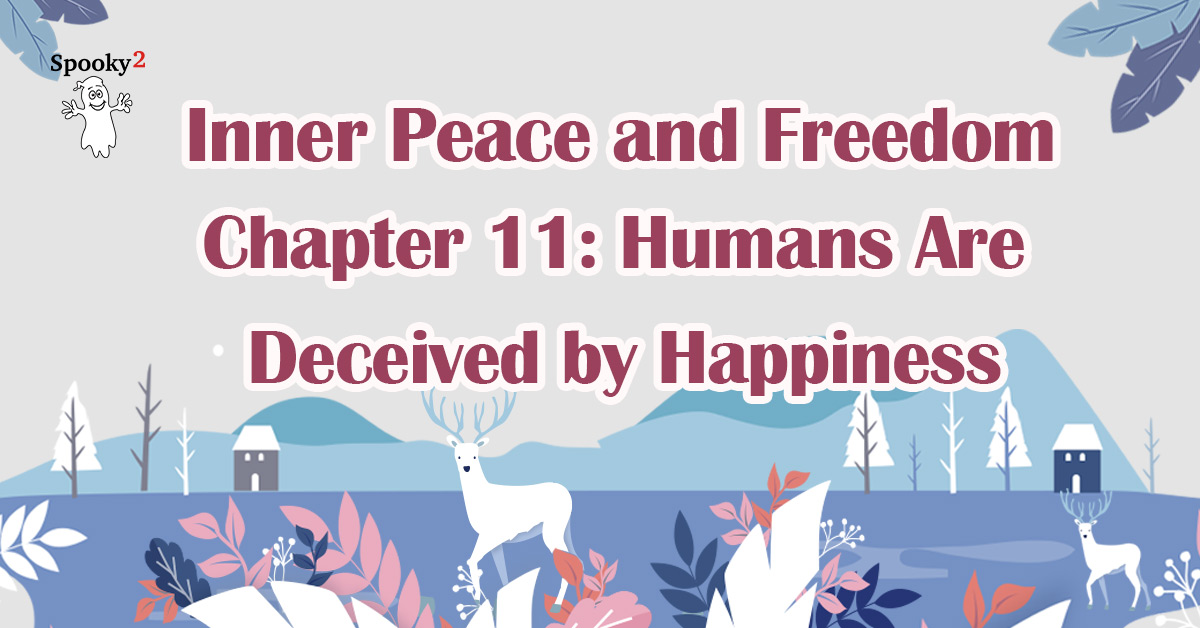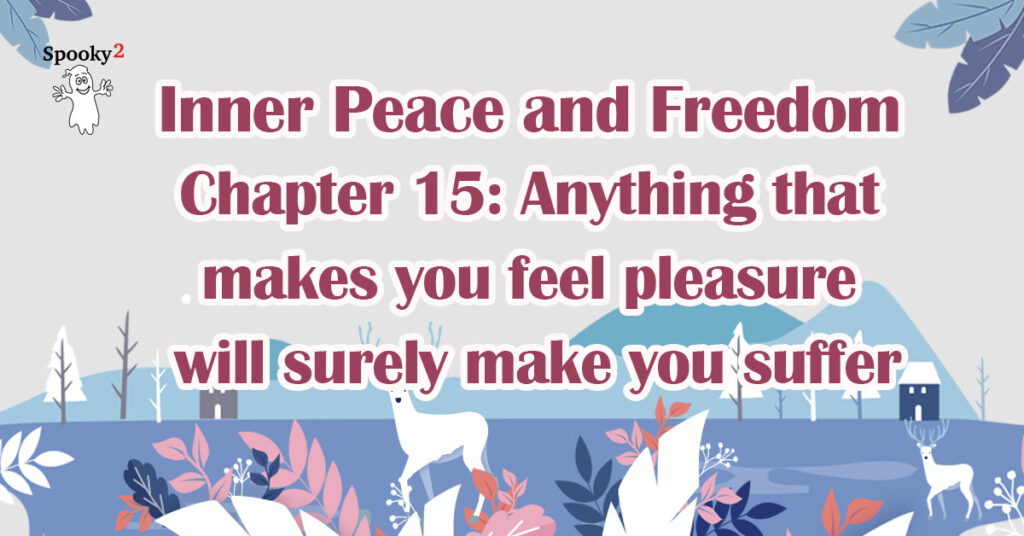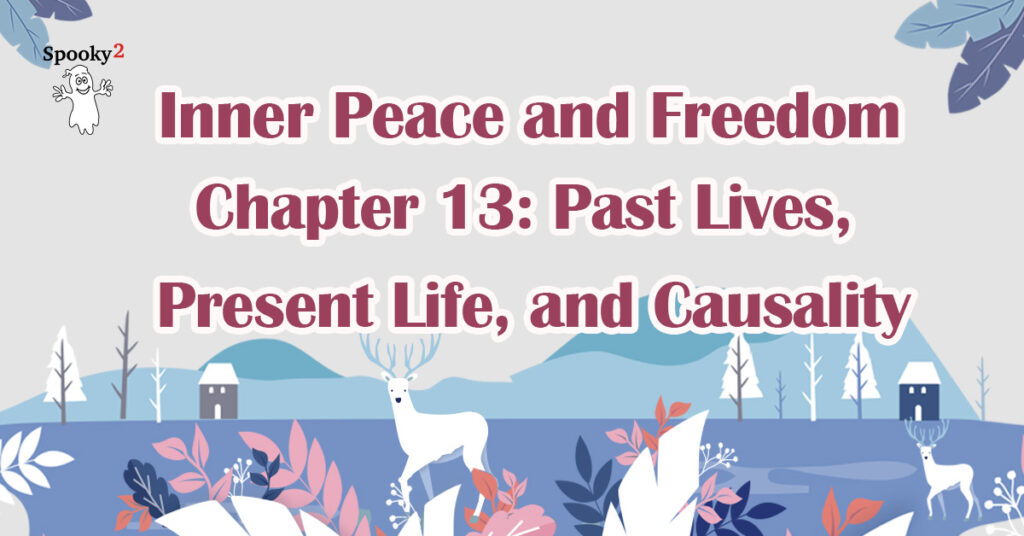Most people are seeking happiness, but actually they are deceived by happiness.
Blindly pursuing happiness is the biggest misconception for most people.
We know that happiness is the suffering of change, a temporary relief from suffering. The more suffering it is, the happier we will feel when the suffering is alleviated.
Perhaps some people might argue: Even without the relief of suffering, we can still experience happiness (suffering of change). For example, today I am in a good mood, full of energy, without vexations or physical pain. When a skilled massage therapist gives me a back massage, I feel comfortable and happy.
However, the truth is, there is an underlying suffering in your body. Why do you go for a massage? This is because, at your age, your muscles have already worn out, making you prone to fatigue; and the energy channels in your back have become somewhat blocked. As a result, when you alleviate this discomfort through massage, you feel comfort and happiness (suffering of change).
If we were to massage the back of a healthy five or six-year-old child, they wouldn’t feel any happiness (suffering of change); they might even feel pain and discomfort.
As time passes, we begin to age and experience the “suffering of aging”. However, this kind of suffering may not be severe enough to prevent us from living or working; instead, we can still endure and persevere.
If we carefully observe ourselves, we will find that throughout the day, we have numerous needs and desires, many of which we may not even be aware of. They are hidden in our minds, causing us to worry about gains and losses, feel inexplicably irritable, depressed, tend to complain and lose our temper, or even feel anxious.
When a desire cannot be satisfied, we can only endure and shift our attention to satisfying other achievable desires, thereby temporarily forgetting the ones that remain unfulfilled.
Alternatively, when a desire cannot be satisfied, we may endure it while making efforts to study and work, in order to get the conditions and abilities to satisfy our desires.
Most people are ignorant. They only seek happiness (suffering of change), but in reality, they are deceived by happiness (suffering of change).
When humans are satisfying their desires in order to obtain happiness (suffering of change), their greed is repetitively habituated, thereby reinforcing the habit of greed.
As the habit of greed grows stronger, the suffering of not getting what one wants intensifies, leading humans to satisfy their desires more frequently to alleviate this suffering.
As the suffering of not getting what one wants intensifies, the suffering of separation from what one loves, the suffering of encountering what one dislikes, and various negative emotions also intensify and increase, creating a vicious cycle.
In this way, within the cycle of suffering and suffering of change (happiness), humans worry about gains and losses, fluctuating between joy and sorrow. The most terrifying thing is that this situation tends to worsen over time, causing humans to be trapped in it and unable to escape, like devils.
In reality, what humans truly seek is peace, not happiness (suffering of change). So, what is peace? As mentioned in the previous chapters, peace is a pure and free state.
When a person has fewer desires and is more content, they experience less suffering and happiness (suffering of change). As a result, their physical health tends to be better, their inner state is more tranquil and relaxed, they experience fewer vexations and negative emotions. This is relative peace.
The fewer desires a person has, the healthier and purer their body and mind become, leading to a higher level of peace. To increase our level of peace, we need guidance from wise teachers to see the reality of life, understand ourselves, ignite our wisdom, and elevate our state of life.
From this, we can understand that in order to attain relative peace and increase our level of peace, the first step is to identify the root of suffering—desire. Then, we need to use the right methods to reduce desire, thereby truly eliminating suffering, rather than temporarily alleviating suffering by blindly satisfying our desires.
This is the biggest misconception for most people: they believe that by satisfying their desires, they can alleviate suffering and attain happiness (suffering of change). However, this approach actually intensifies desires, leading to even greater suffering that needs to be alleviated. In this manner, it creates a vicious cycle, trapping them deeper and deeper.
So, the key is how to master the right methods to reduce desire. Here, we can briefly introduce them.
Firstly, learn and understand the law of cause and effect. Be aware of the relationship between karmic cause, karmic effect, karmic force, and karmic habit.
Realize that as humans continuously satisfy various needs and desires, the karmic habit of desire intensifies, leading to endless and increasingly severe suffering in the future. Make efforts to deal with desire and stay away from external influences that trigger desire.
Secondly, practice yoga or meditation. By cultivating the body and mind and controlling our breath, we can tame our desire.
Thirdly, follow a wise teacher to learn wisdom. Understand the root of suffering and the essence of happiness (suffering of change). Realize that everything is impermanent, like fleeting clouds.
Here, we will not provide detailed explanations. However, there are dedicated teachings available to guide us to learn the right methods, which can help us reduce and even eradicate the karmic habit of desire, leading us to genuine and perfect peace.



